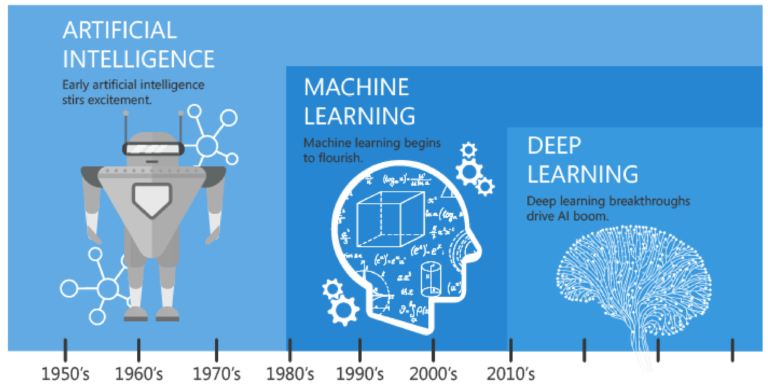AI vs Machine Learning vs Deep Learning vs Data Science: Understanding the Differences
In today’s fast-paced digital world, buzzwords like data science vs machine learning, machine learning vs data science, and AI vs machine learning vs deep learning vs data science are often thrown around interchangeably. But what do they actually mean? If you’ve ever found yourself scratching your head over these terms, don’t worry—you’re not alone! Let’s break them down in a simple, conversational way to help you understand the key differences and how they impact industries in the United States and beyond.
What is Data Science?
At its core, data science is the field of extracting meaningful insights from data using a mix of statistics, mathematics, and computing. Think of it as the foundation upon which AI and machine learning stand. Data scientists collect, clean, analyze, and interpret large datasets to solve complex business problems.
Key Components of Data Science:
- Data Collection & Cleaning
- Exploratory Data Analysis (EDA)
- Statistical Modeling
- Machine Learning & AI Implementation
- Data Visualization & Storytelling
Industries in the United States, from healthcare to finance, rely heavily on data science to drive decision-making and innovation.
What is Machine Learning?
When we talk about machine learning vs data science, we’re referring to a subset of data science. Machine learning focuses on developing algorithms that allow computers to learn from and make predictions based on data without explicit programming.
Types of Machine Learning:
- Supervised Learning – The model learns from labeled data (e.g., spam email detection).
- Unsupervised Learning – The model identifies patterns in unlabeled data (e.g., customer segmentation).
- Reinforcement Learning – The model learns through trial and error (e.g., self-driving cars).
Machine learning is revolutionizing industries across the United States, from recommendation engines on Netflix to fraud detection in banking.
AI vs Machine Learning vs Deep Learning vs Data Science
Now, let’s throw artificial intelligence (AI) and deep learning into the mix. AI is the broader concept of machines mimicking human intelligence, while machine learning is a subset of AI that focuses on enabling machines to learn from data. Deep learning, on the other hand, is a specialized branch of machine learning that uses neural networks to process data at an advanced level.
Breaking It Down:
- AI: The umbrella term for machines that exhibit intelligence.
- Machine Learning: A subset of AI that enables computers to learn from data.
- Deep Learning: A subset of machine learning using neural networks for complex decision-making.
- Data Science: The overall process of gathering, analyzing, and interpreting data.
Artificial Intelligence vs Data Science vs Machine Learning: Where Do They Overlap?
Understanding artificial intelligence vs data science vs machine learning is crucial for businesses and professionals looking to leverage data-driven technologies. While AI and machine learning depend on data science for insights, data science itself doesn’t always involve AI or machine learning. Think of data science as the overarching discipline that enables AI and ML applications.
Real-World Applications in the United States
- Healthcare: AI-powered diagnostics and predictive analytics improve patient care.
- Finance: Fraud detection systems use machine learning to identify anomalies.
- Retail: Personalized recommendations enhance customer experiences.
- Transportation: Self-driving cars leverage deep learning to navigate safely.
- Marketing: AI-driven analytics optimize advertising strategies.
Final Thoughts
Understanding data science vs machine learning, machine learning vs data science, and AI vs machine learning vs deep learning vs data science is essential in today’s tech-driven world. While these fields overlap, each has unique applications and significance, especially in the United States. Whether you’re a business leader, tech enthusiast, or aspiring data scientist, embracing these concepts will undoubtedly open new opportunities in the evolving landscape of artificial intelligence and big data.
